Central banks wield interest rates as a primary tool to steer national economies, influencing everything from inflation to employment. For the average person, however, the immediate effects of rate hikes or cuts often feel abstract—until they ripple through savings accounts, mortgage payments, and everyday spending. Whether rates rise to curb inflation or fall to stimulate growth, the consequences cascade into households in ways that reshape financial planning, debt management, and long-term goals. Understanding these interconnected effects is critical for making informed decisions in an ever-shifting economic landscape.
The Direct Impact on Savings
When central banks raise interest rates, the most visible benefit for savers is the gradual uptick in returns from fixed deposits, high-yield savings accounts, or government bonds. Banks, facing higher borrowing costs themselves, begin offering slightly better rates to attract deposits. This creates a safer haven for risk-averse individuals, particularly retirees or those prioritizing capital preservation. However, the adjustment is rarely instantaneous; banks may delay passing on higher rates to savers while swiftly increasing charges for borrowers. Conversely, during rate cuts, savings instruments lose their luster. Returns dwindle, pushing individuals toward riskier assets like stocks or real estate to maintain income streams. This dynamic often widens wealth gaps, as those with limited capital struggle to offset lost interest income.
Mortgages and Loans: A Double-Edged Sword
For homeowners with variable-rate mortgages, central bank rate hikes translate directly into larger monthly payments. A 0.5% increase might seem minor, but over a 30-year loan, it can add tens of thousands to total repayment costs. First-time buyers face higher barriers to entry as lenders tighten credit standards, demanding larger down payments or higher credit scores. Auto loans and credit card APRs follow suit, squeezing household budgets. Rate cuts, meanwhile, offer temporary relief. Refinancing surges as borrowers lock in lower rates, freeing up cash for other uses. Yet this boon is uneven: those with poor credit histories or existing debt burdens may still find loans inaccessible, highlighting disparities in financial resilience.
Consumer Behavior and Economic Momentum
Interest rates act as a throttle or accelerator for spending. Higher borrowing costs discourage big-ticket purchases—cars, appliances, or home renovations—delaying these expenditures until rates ease. Retail sectors reliant on credit, like automotive or luxury goods, often see demand cool. Conversely, rate cuts lower the cost of financing, spurring consumer confidence and discretionary spending. This shift can revive stagnant industries but also risks overheating markets. For example, artificially cheap credit might inflate housing bubbles, as seen in pre-2008 crises, where low rates fueled reckless speculation. Central banks thus walk a tightrope, balancing short-term growth against long-term stability.
Inflation: The Silent Thief or Contained Beast?
Rate hikes aim to tame inflation by making borrowing expensive, thereby reducing money circulation. For ordinary households, this could mean gradual price stabilization for essentials like food and fuel. However, the process is slow and painful, as businesses pass on higher loan costs to consumers through elevated prices. Wage growth often lags, eroding purchasing power. Rate cuts, designed to spur economic activity, can inadvertently let inflation run hotter. While cheaper loans may boost employment and business expansion, unchecked demand can outstrip supply, leading to persistent price hikes—a scenario plaguing post-pandemic recoveries globally.
Employment and Wage Dynamics
The labor market dances to the rhythm of rate changes. Higher rates suppress business investment and expansion, leading to hiring freezes or layoffs in interest-sensitive sectors like construction or manufacturing. Job seekers face fiercer competition, and wage growth stagnates as employers brace for economic cooling. Conversely, rate cuts lower the cost of business loans, encouraging companies to invest in new projects and staffing. Unemployment rates typically dip, but this comes with caveats: an overheated job market can drive inflation, forcing central banks to reverse course abruptly, as seen in the 2022-2023 global tightening cycle.
The Global Domino Effect
In an interconnected world, a rate change in one major economy sends shockwaves abroad. For instance, a U.S. Federal Reserve hike often strengthens the dollar, making imports cheaper for Americans but destabilizing emerging markets. Countries with dollar-denominated debt face repayment crises, while their exports become less competitive. Conversely, when developed nations slash rates, capital floods into higher-yielding emerging markets—until sentiment shifts, causing destabilizing outflows. For the average individual, this manifests in volatile foreign investment, fluctuating exchange rates for overseas education or travel, and unpredictable commodity prices.
Navigating the New Normal
Central bank policies are rarely permanent; today’s rate cut could pave the way for tomorrow’s hike. Adaptability is key. Savers might ladder fixed deposits to capitalize on rising rates or diversify into inflation-protected securities. Borrowers should stress-test their repayment capacity against potential hikes, favoring fixed-rate loans during low-rate eras. Investors must weigh the trade-offs between risk and return, recognizing that "lower for longer" rate environments demand creativity in portfolio construction. Above all, financial literacy—understanding how macroeconomic shifts intersect with personal circumstances—is the best defense against uncertainty.
In a world where central bank decisions reverberate from Wall Street to Main Street, individuals cannot control the tides but can learn to navigate them. By deciphering the subtle links between interest rates and daily life, ordinary people transform from passive observers into proactive architects of their financial futures. The next rate announcement isn’t just news—it’s a call to reassess, adapt, and thrive.

By Emily Johnson/Apr 24, 2025

By Victoria Gonzalez/Apr 24, 2025
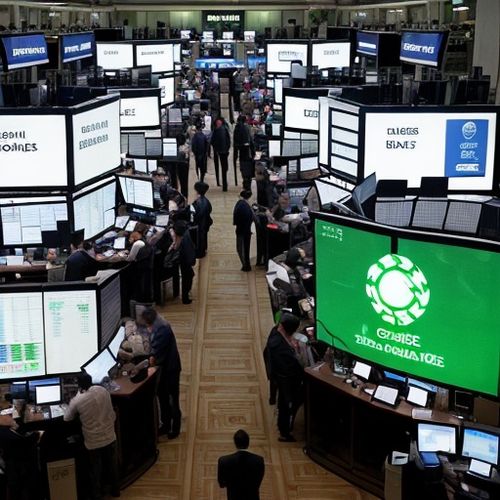
By Michael Brown/Apr 24, 2025

By David Anderson/Apr 24, 2025
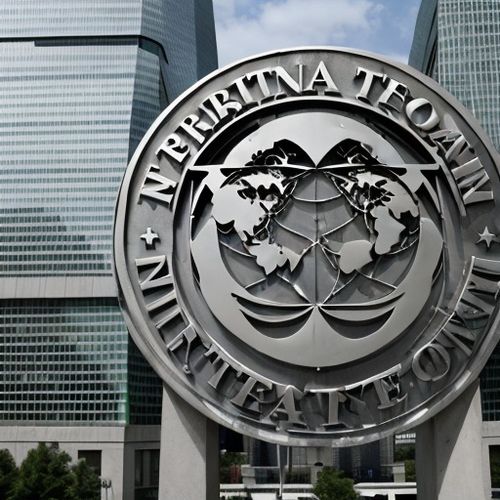
By Ryan Martin/Apr 24, 2025

By Victoria Gonzalez/Apr 10, 2025

By David Anderson/Apr 10, 2025
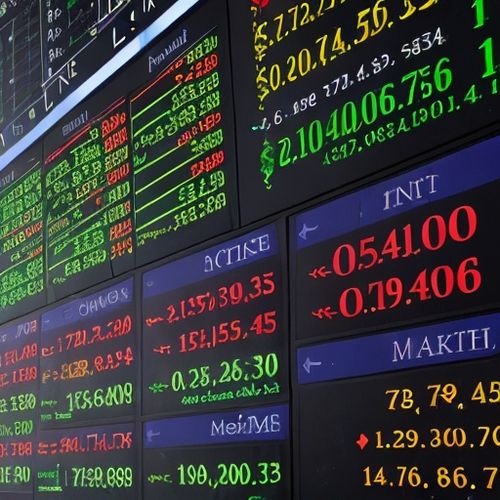
By Noah Bell/Apr 10, 2025

By Michael Brown/Apr 10, 2025

By James Moore/Mar 30, 2025
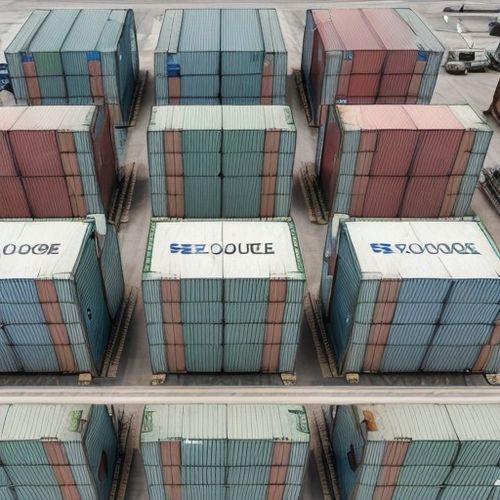
By Rebecca Stewart/Mar 30, 2025

By George Bailey/Mar 30, 2025
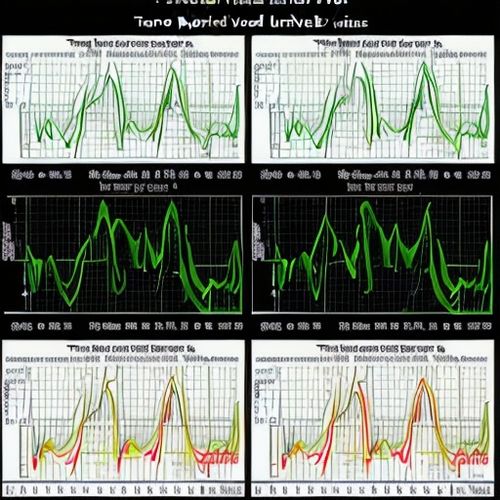
By Noah Bell/Mar 30, 2025
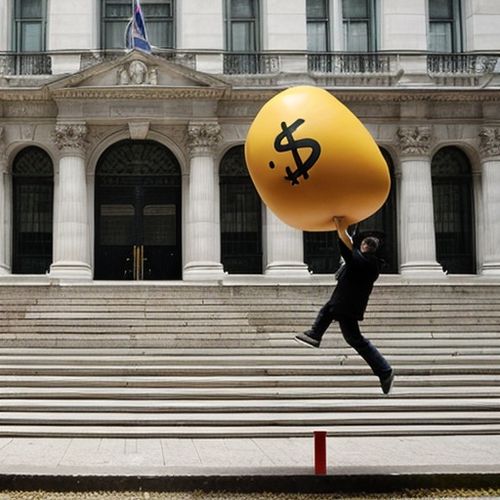
By Samuel Cooper/Mar 30, 2025
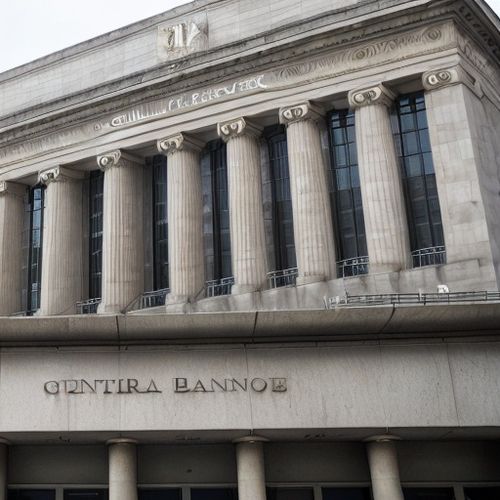
By Elizabeth Taylor/Mar 30, 2025